23.01.2019, Johanna Järvinen-Taubert
How can we help teachers to act as innovators, part 2/3: Autonomy
Finnish education is world-famous for its high quality and Finnish teachers are known to constantly develop the education. This continuous development has brought Finland excellent results: Why are Finnish teachers so development-oriented? We tackle this question in three consecutive blog posts.
Understanding Finnish education requires the comprehension of few basic principles. These principles also guarantee Finnish teachers the circumstances to develop education the best way they can. Innovation and development always requires freedom. What makes the Finnish education so successful and Finnish teachers so innovative is the autonomy, trust and collaboration that they experience in their work.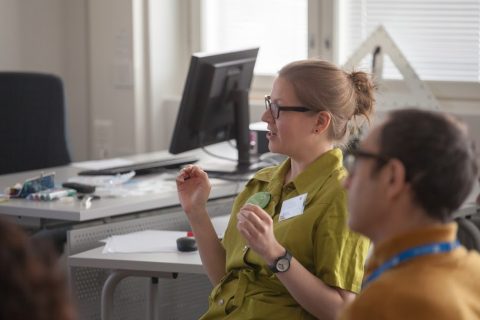
Autonomy
One evidence of trust is the high level of pedagogical autonomy that teachers have in Finland. Finnish teachers are highly educated and thus considered as experts in their own work. As any expert profession, also teachers are trusted to know themselves how to conduct their work. Teachers are considered to know best what is good for their pupils and students.
Viewing teacher as a high-expertise profession is the basis for the professional autonomy. Experts are not told and supervised, they are expected to carry responsibility over their own work and developing it. Sahlberg (2006) concludes, that in Finland teachers are professionals in their schools and therefore actively involved in planning and implementing changes in their work. Because Finnish teachers are not externally reviewed, they are free to focus on developing understanding, fostering an interest in learning and cultivating open trust-based relationships between teachers and students.
Treating teachers as experts and assigning them the freedom and responsibility over their own work has strengthen the public image of teacher profession. Young people see teaching as an expert profession and therefore teaching is a very wanted future career in Finland. The top students want to become teachers.
Teachers are really free in their own classes. Sahlberg (2007) points out, that a typical feature of teaching and learning in Finland is encouraging teachers and students to try new ideas and methods, learn about and through innovations, and cultivate creativity in schools, while respecting schools’ pedagogic legacies.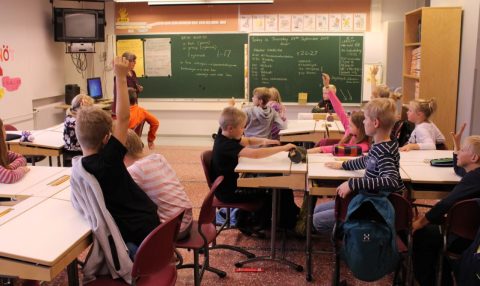
Teachers have broad pedagogical autonomy. Based on the curriculum, teachers can decide for example:
– What they want to emphasize in their teaching
– When they teach certain topics
– How they teach them
– Where they teach them
– What methods they use in teaching
– Which subjects and topics they decide to integrate
– How they organize the work during lessons
– What teaching and learning materials (textbooks etc.) they use
– How much and what kind of homework they assign to their students
– How they evaluate and assess learning
– Which way they want to collaborate with other teachers.
Finnish schools have a lot of autonomy, too. Pokka (2015) describes Finnish school community, at its best, an autonomous operator: “Although guided by the national directives and the responsibilities assigned to it by the education provider, the school staff can themselves determine how they meet these goals.” The schools have the right to organize the teaching and learning according to their own administrative arrangements and visions, as long as the basic functions, determined by law, are carried out.
Innovation can not flourish if it is restricted and supervised. If you want to foster innovation, increase autonomy and freedom. Autonomy is a fertilizer for something new and unexpected.
Read also:
Part 1/3 Trust
Part 3/3 Collaboration
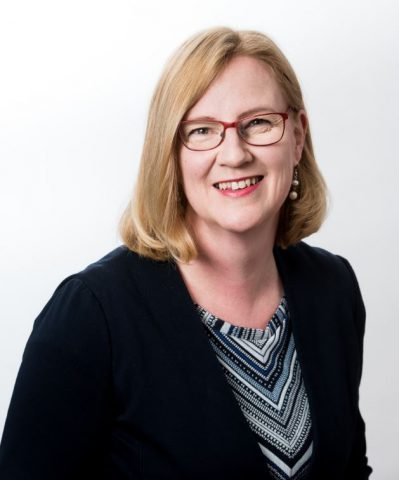

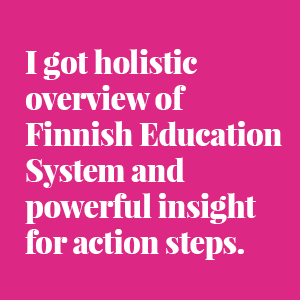

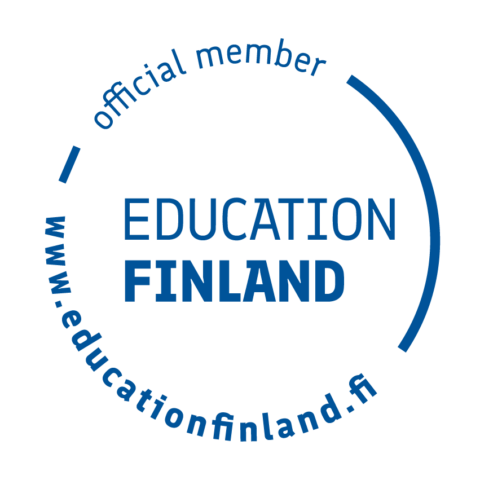
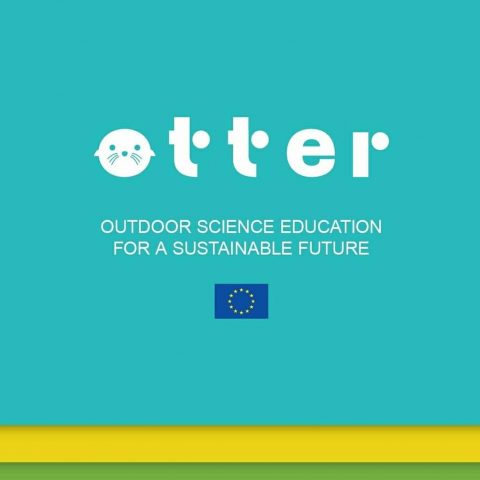

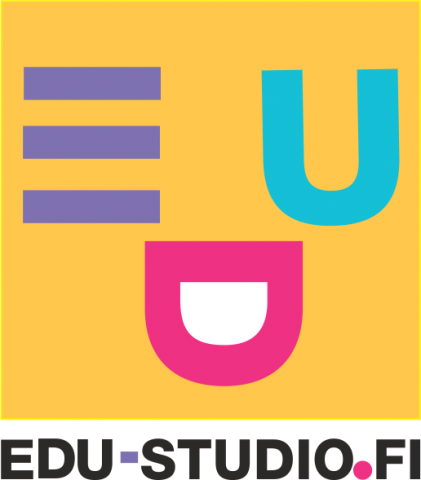

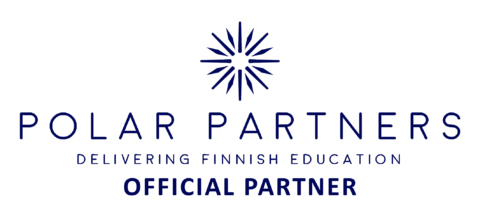
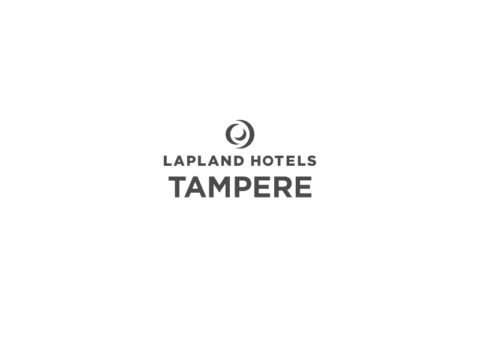
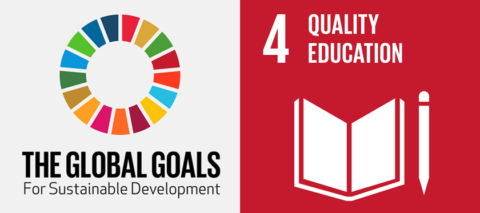

Follow us: